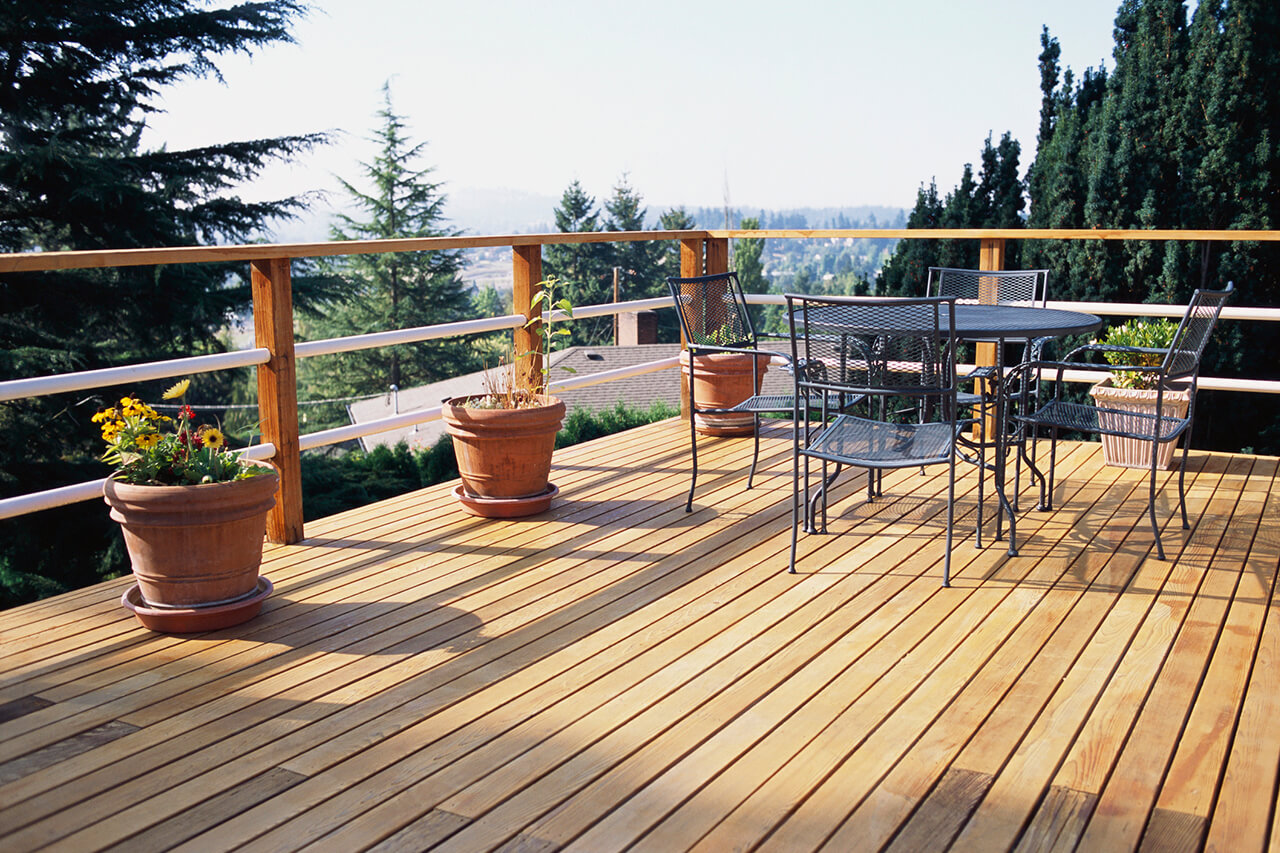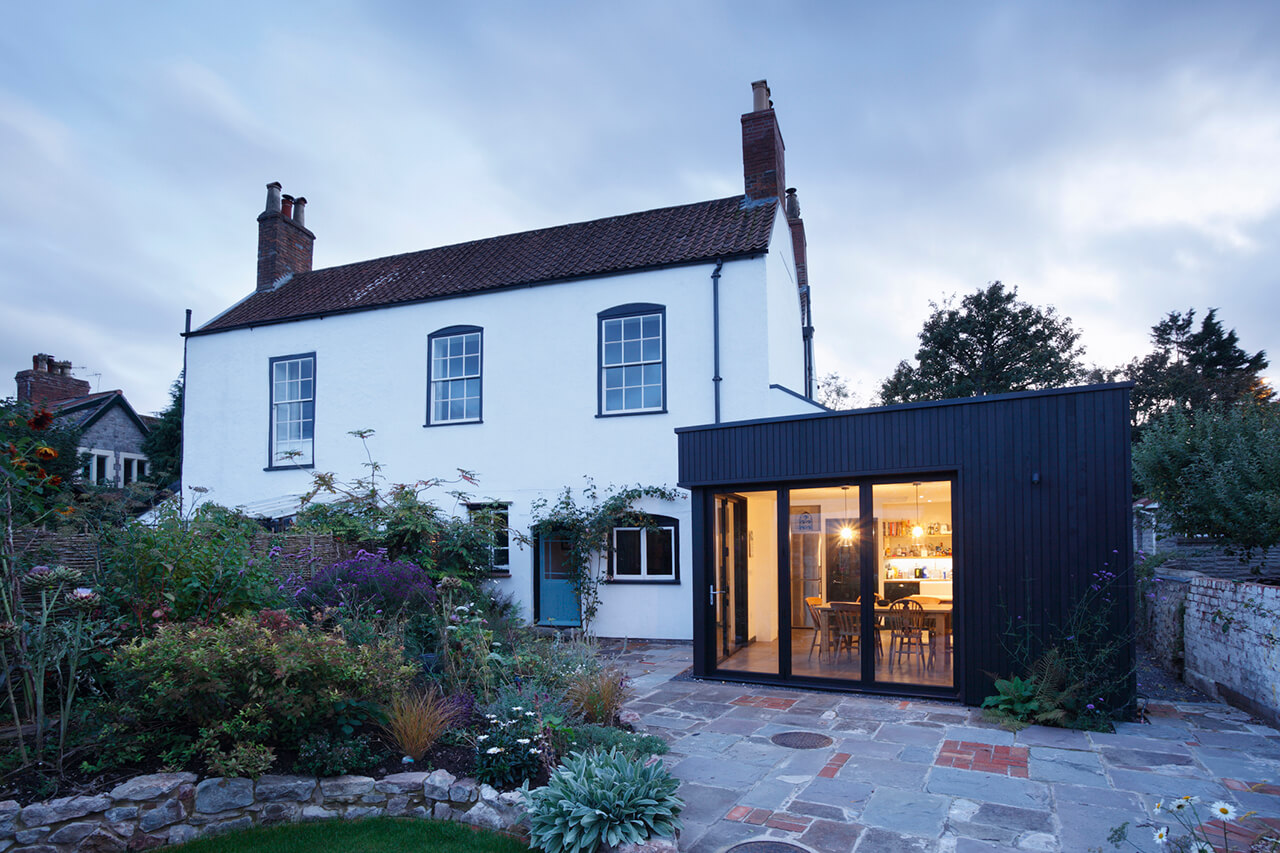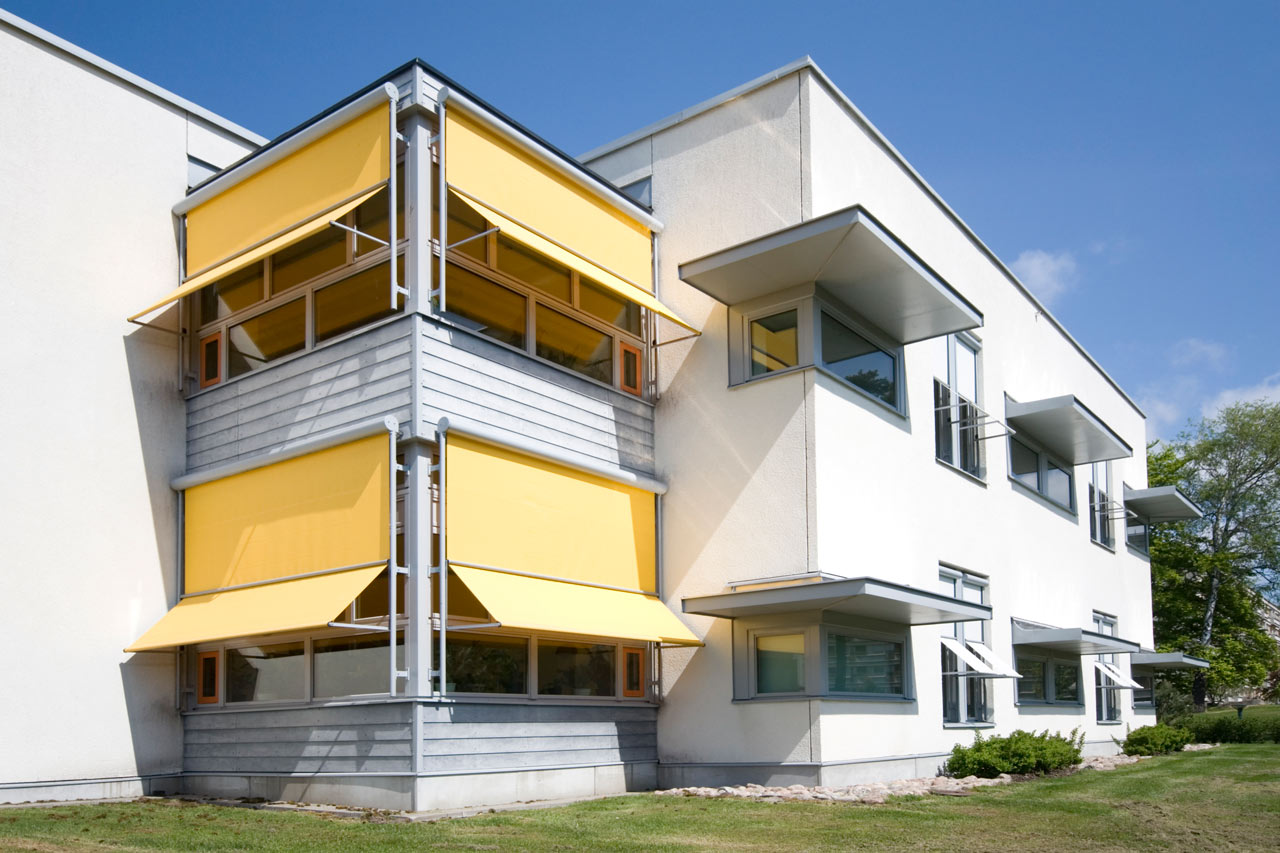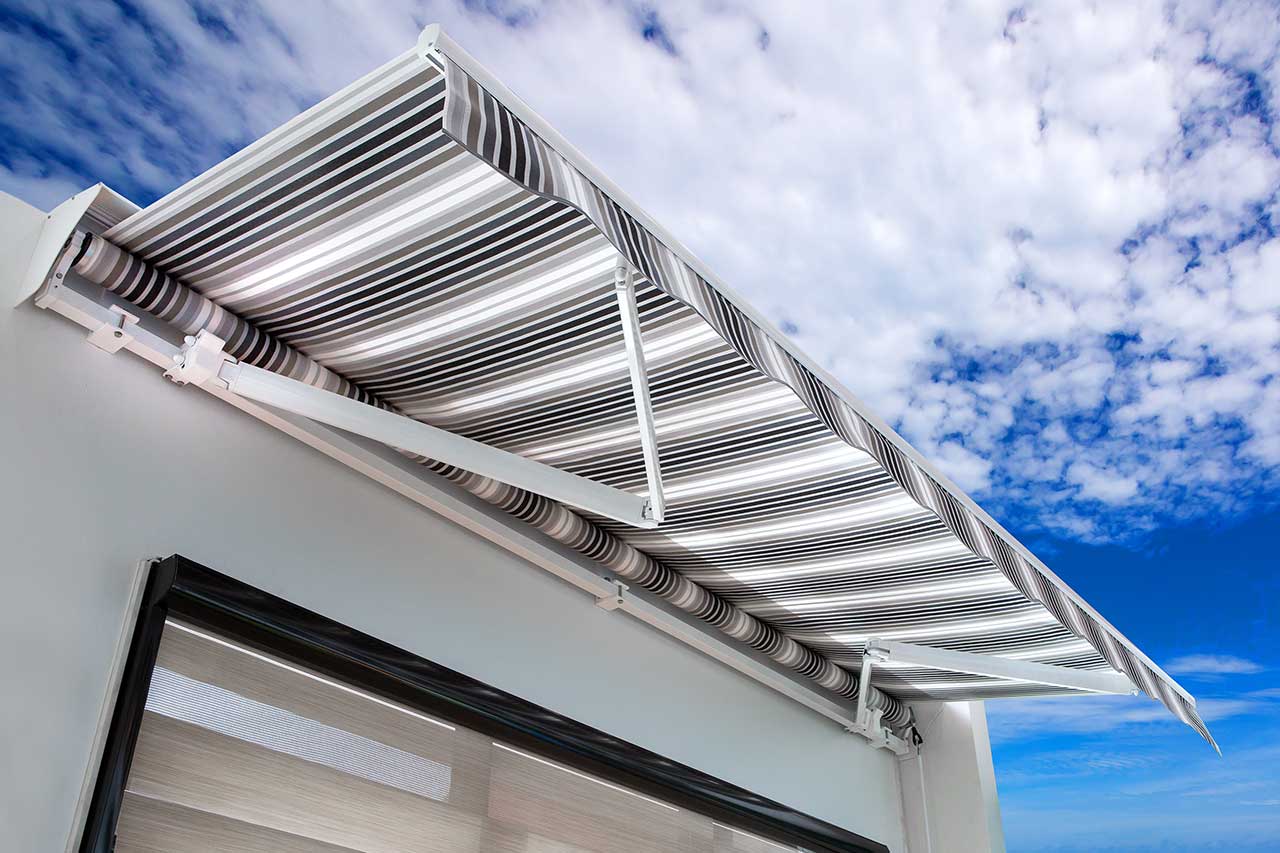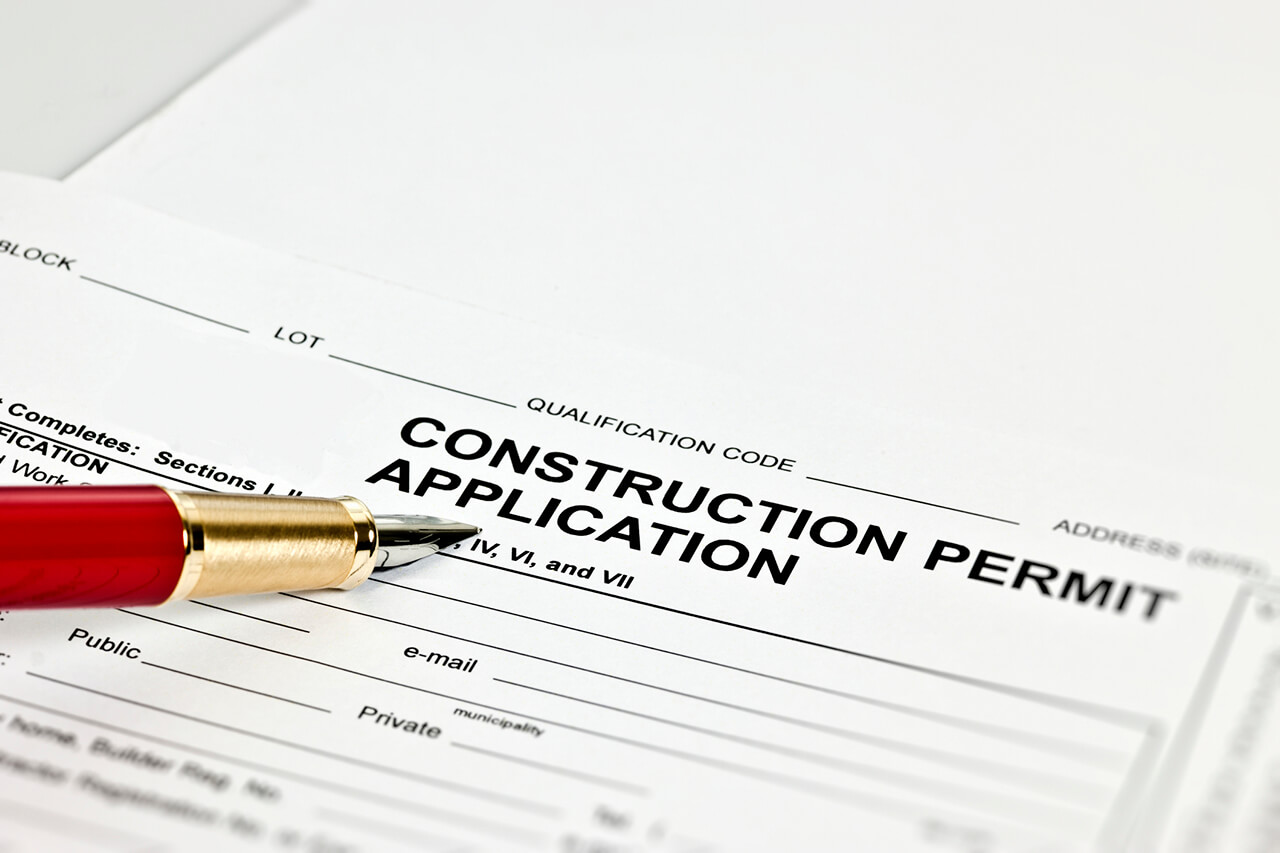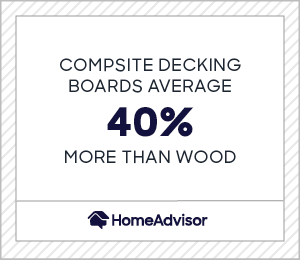Covered Deck Cost Calculator
Adding a deck covering or enclosure can run anywhere from $1,000 to $10,000 or more. If you decide to cover your outdoor space, it will cut down on maintenance and the effects of inclement weather conditions. This will increase its lifespan and open up possibilities of what you can do with the it in the offseason.
The different cover options and their costs include:
Screened-in deck or porch: $1,000-$1,900
Covered roof: $3,000-$10,000
Awning: $1,200-$3,700
Patio enclosure: $8,000-$25,000
The cost of these different coverings will vary by materials, square footage, climate conditions and the professional hired to install.
Cost to Build a Roof Over a Deck
A covered veranda roof costs $3,000 to $10,000 for materials and labor. It’s a large project that requires adding on to the framing, attaching the covering onto the structure of your home and potentially getting a permit from the city. Building permits average between $350 and $1,800.
Screened-in Porches or Enclosed Deck Cost
Screening in your porch costs $1,000 to $1,900 for materials and labor, assuming you already have a roof. Adding screens that open and close can double that price. Screening-in uses the already existing frame of the roof and posts to secure screens.
Cost to Cover a Deck or Porch with an Awning
Awning installation costs $1,200 to $3,700. For DIY installations, the awning alone runs $200 to $1,000. They’re an inexpensive, premade retractable cover. They come in different materials, styles and sizes at local home improvement stores.
Patio Enclosures
Patio enclosures cost $8,000 to $25,000 including all parts and labor. Enclosing a patio costs more because there is no existing structure to tie into. This pricing assumes there is no existing roof or frame of any kind.
Estimating the Cost of Your New Deck
New deck installations cost most homeowners $4,000 to $10,500, though it can reach $20,000 or more. Knowing what kind you want will help determine price. Plan ahead by adding 20% to your budget to adjust for these varying factors:
Deck Maintenance
To keep it in good condition so that it lasts for a long time, you will need to maintain it. Check with a professional to understand if and what type of maintenance you need.
Annual Maintenance
Depending on the climate, you should power wash your deck or patio every 12 to 18 months. Expect to pay $150 to $375 for a 500-square-foot deck, with extra charges for railings, stairs and balusters.
Deck Replacement & Repair Costs
Deck repairs cost $700 to $2,600 depending on the type and extent of the damage. Before you seal or stain, make all necessary repairs. Sometimes, extreme damage might call for total replacement.
Deck replacement costs $4,000 to $16,000. If your homeowner’s insurance is covering repairs or replacement, they’ll likely determine which is needed.
Refinishing, Sealing, Staining & Waterproofing Your Deck
What kind of treatment should you apply to your wood? The two most common types are stain and sealer. Both protect wood by repelling moisture while allowing the wood to breathe.
Deck staining costs $550 to $1,000.
Semi-transparent stain: This is the most commonly used, with some pigment for coloring so its grain stands out. Allows the grain of the wood to show
Solid color stain: Solid has the most amount of pigment and the most protection. It's used for wood that is exposed to inclement weather often. It lasts for up to five years or more. However, it tends to show wear more quickly and will need touch-ups
This makes an excellent weekend project for many DIYers. Find out how to stain a deck to save some labor costs.
Deck sealant costs $550 to $1,200.
Clear sealant: has no stain, protects against UV radiation, mold and mildew, and can last for up two years. Allows the full color and grain of the wood to show
Tinted sealant: has some color, protects better against UV radiation, and helps bring back the original look of the wood. Allows the grain to show through. Great for darkening wood
Stains and sealants are sometimes interwoven because you can get stains that have sealant properties. You can sometimes use a non-sealing stain and cover it over later with a sealant. Both are used to protect the wood and composites against UV rays and inclement weather conditions, along with mold and mildew. Which you choose is just a matter of which fits your conditions better.
Deck refinishing costs $300 to $7,000.
This process involves removing old surface sealants and stains, making any necessary repairs and then staining, painting or sealing. This process corrects multiple conditions your wood is exposed to, which include:
Uses for Your Deck
Thinking about how you're going to use this outdoor (or semi-outdoor) space will help you and your contractor determine a design, location and materials needed. Some of the many uses include:
Outdoor dining room
Second living room
Party space
Outdoor sleeping area
Play area for the kids
Greenhouse
Firepit area
Deck Upgrades
When planning for your new outdoor space and what you’ll use if for, consider the myriad upgrades available in your initial plan and in the future. So how much do these extra pieces cost to transform your outdoor living space into something more? Some feature costs include:
Landscaping costs $1,500-$5,500.
Patio warmer runs $300-$3,000.
Fire pit installation costs $300-$1,400
Built-in or standalone seating ranges from $800-$1,500.
Playground installation costs $350-$650.
Porch swing runs $100-$200
Building an outdoor kitchen costs $4,200-$20,500.
Hot tub installation costs $5,000-$20,000 including the tub and deck.
Installing a sauna costs $1,000-$10,000
Outdoor lighting runs $50-$300 per fixture
Porches, Decks, Patios, Verandas, Balconies & Lanais
Understanding the difference between these related terms helps when talking to a pro and planning out your project.
The two most notorious terms mean completely different things.
Patios are installed directly on the ground and almost always made of some stone material like concrete, flagstones and even gravel.
Decks are usually made of wood, metal or a composite material and raised above the ground. They are usually used to make a living space level with the first-floor doors of a home. While patios require stepping down to ground level, decks provide a seamless transition between interior and outdoor living.
Let’s look at the other related terms:
Porches are covered decks specifically situated at the entry to a building. While most decks reside in a private back yard, the porch greets visitors at the main entrance to your home.
Verandas, like porches, are covered decks at the ground level of the home. They’re found anywhere along the exterior of the house.
“Lanai” is simply the Hawaiian term for a porch or veranda but can also be used for second story decks.
Balconies are open or covered decks located at the second floor of a building. They are often made from solid materials, such as concrete.
FAQs
What’s the best way of pricing decks?
Do your research. Read our various guides and watch videos on materials and designs to get ideas for your project.
Determine what you’ll use your outdoor living space for. Also make sure you plan for the future. It’s best to do this part with a designer or deck pro.
Choose materials. Pick wood, metal or composite based on you design aesthetic and what fits with your home and neighborhood.
Get quotes. Check with our licensed and insured pros, read reviews and request multiple quotes from decking installation professionals near you.
How much does it cost to extend a roof over a deck?
Extending a roof over a deck runs anywhere from $3,000 to $10,000. However, the size of the cover and materials determine the final price.
How much is it to enclose a balcony?
It could range anywhere from $1,000 to $20,000 or more to enclose a balcony. Consider all the factors:
How many floors up is it?
How big is it?
Does it already have a roof?
Do you want a screened or glass enclosure?
Do you want it to meet building code for indoor living? Think framing, insulation, siding, finished drywall, painting and electrical.
How much decking material do I need?
You’ll need about 20% more decking than the measured area for overage and waste. This depends on the configuration you lay the planks. Horizontal patterns with offset seams produce less waste than a herringbone pattern.
